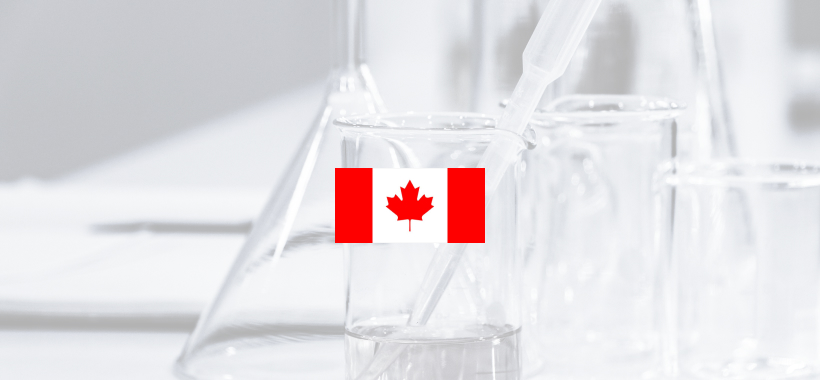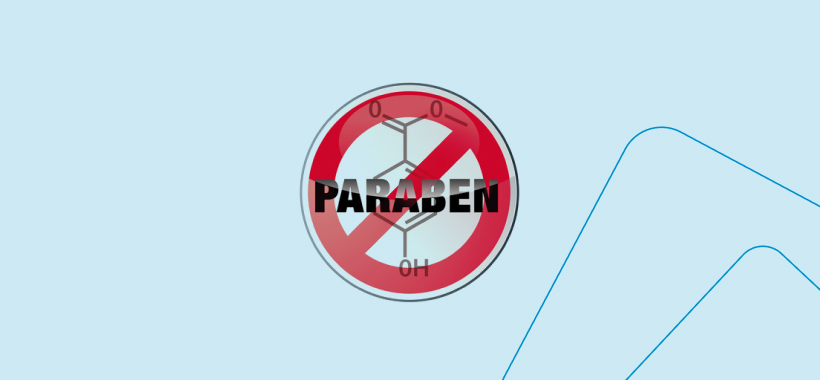Health Canada maintains a Cosmetic Ingredient Hotlist (Hotlist), which includes a list of ingredients, that are prohibited for use in cosmetics and a list of ingredients, that are restricted for use in cosmetics.
Hotlist is a science-based administrative tool that is updated whenever new scientific data becomes available. In such cases, the safety assessment of the possibly harmful substance has to be done to determine any health risks. Depending on the outcome of the safety evaluation, certain measures can be considered, such as removal of products containing harmful substances from the market.
Hotlist entries can be linked to certain legislation parts, which include Sections 2, 16 and 24 of the Food and Drugs Act (FDA) and specific individual prohibitions and restrictions set out by the Cosmetic regulations (CR).
It is important to note that the Cosmetic Ingredient Hotlist covers substances that are intentionally added to cosmetics. It does not include impurities and/or contaminants, which may be found in cosmetics at trace levels.
Hotlist updates
Hotlist is updated based on information gathered through different sources, such as scientific journals, decisions made under the Chemicals Management Plan, market survey data, opinions made by expert panel groups, etc.
Health Canada will post notice to stakeholders 3 months prior to consultation on proposed updates. This serves as an early notice about the substances that are under review and provides opportunity for the manufacturers to check, if their product will be impacted by the possible update, and to plan their next steps. Health Canada then publishes the proposed updates on their website for consultation. During comment review period, Health Canada will review feedback from the stakeholders and provide comments. The final Hotlist will be posted on the Health Canada’s website and a notice will be sent to all notifiers who have submitted CNF.
Responsibilities of the product manufacturer and importer
The responsibility of the product’s safety lies with the manufacturer and the importer. They must ensure that the product is safe for use by following any new data and risks related to substances, which are present in their cosmetic products. In addition, they have to keep up with the scientific literature and post-market data (globally) and take corrective measures when needed.
Additionally, other members of the supply chain should also be included in the safety monitoring as everyone who sells a cosmetic is responsible for its safety.
Enforcement actions by Health Canada
Health Canada can enforce the FDA and CR by taking the following actions:
- Request product labelling to check compliance
- Request that the company commits to bringing the product into compliance
- Request evidence of product safety
- Advise or alert consumers
- Stop the sale of a product
- Requests voluntary recall of the product by the company


